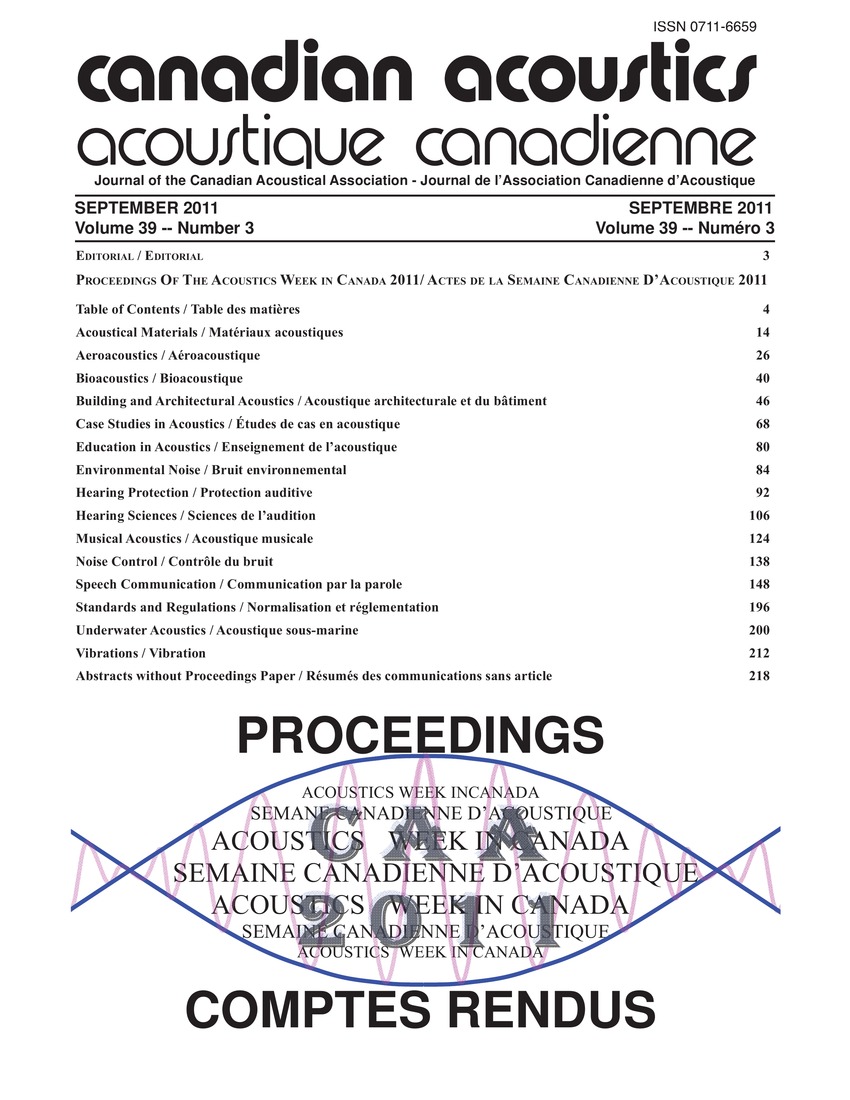Acoustic simulations of worship spaces
Keywords:
Architectural acoustics, Computer simulation, Floors, Reverberation, Walls (structural partitions), Acoustic parameters, Acoustic simulations, Building surface, Descriptors, Measured data, Reverberation time, Speech transmission index, Standard guidelines, Wooden doorAbstract
Acoustic simulations of religious facilities need to focus on specific acoustic parameters, due to the different aural expectations of the congregations. The calibration of the model was undertaken by comparing the results of the simulation and the measured data. Two main acoustical descriptors were used for the evaluations of the new sanctuary: Reverberation Time, RT and Speech Transmission Index, STI Standard guidelines used for reverberation times were also applied in this investigation. The floor is carpeted, the furnishings are finished plaster for the walls and the ceiling and a number of large stained glass windows. The seating is wooden pews with cushions. The current building surfaces are painted concrete for the floor, drywall construction for the ceiling and walls with wooden doors and one window.Additional Files
Published
How to Cite
Issue
Section
License
Author Licensing Addendum
This Licensing Addendum ("Addendum") is entered into between the undersigned Author(s) and Canadian Acoustics journal published by the Canadian Acoustical Association (hereinafter referred to as the "Publisher"). The Author(s) and the Publisher agree as follows:
-
Retained Rights: The Author(s) retain(s) the following rights:
- The right to reproduce, distribute, and publicly display the Work on the Author's personal website or the website of the Author's institution.
- The right to use the Work in the Author's teaching activities and presentations.
- The right to include the Work in a compilation for the Author's personal use, not for sale.
-
Grant of License: The Author(s) grant(s) to the Publisher a worldwide exclusive license to publish, reproduce, distribute, and display the Work in Canadian Acoustics and any other formats and media deemed appropriate by the Publisher.
-
Attribution: The Publisher agrees to include proper attribution to the Author(s) in all publications and reproductions of the Work.
-
No Conflict: This Addendum is intended to be in harmony with, and not in conflict with, the terms and conditions of the original agreement entered into between the Author(s) and the Publisher.
-
Copyright Clause: Copyright on articles is held by the Author(s). The corresponding Author has the right to grant on behalf of all Authors and does grant on behalf of all Authors, a worldwide exclusive license to the Publisher and its licensees in perpetuity, in all forms, formats, and media (whether known now or created in the future), including but not limited to the rights to publish, reproduce, distribute, display, store, translate, create adaptations, reprints, include within collections, and create summaries, extracts, and/or abstracts of the Contribution.


